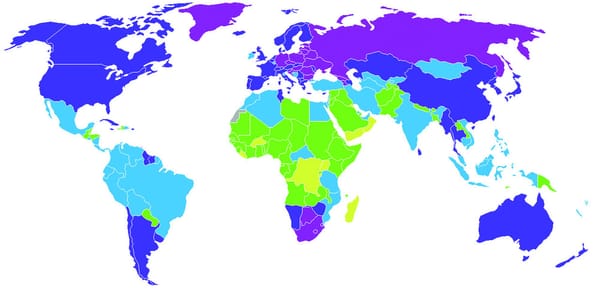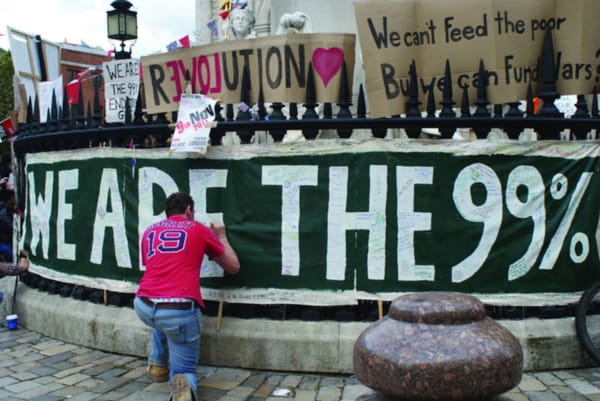The Privatisation of Universities
How the coalition plans to change higher education
Even though neither of the two parties in power mentioned drastic transformation of our higher education system in their manifestos the white paper published this summer, ‘Higher Education: Putting students at the Heart of the System’, proposes this. The raising of tuition fees, which also held no voter mandate, and the 80% cut in central education funding has given the government an opportunity to cause drastic changes to the ethic at the heart of our education system. As the funding for higher education will now mainly be coming from student debt, not the debt of the government (a simple treasury trick to reduce the deficit), the white paper uses this to turn students into consumers and privatise our education.
The white paper mentions the fees increase as being an opportunity to introduce competition into the higher education. This competition is treated as a necessity as the white paper implies that universities are inefficient and therefore they need to be whipped into shape by cutting their “dependency on the government”. Due to the cuts to the central funding only fees above £7,500-£8,000 will hope to re-coup the current funding per student, which is why nearly every university started requesting to charge the full £9,000 cap; a parliamentary committee found this would have significantly increased the cost of higher education. As the whole idea was to save money the white paper proposes an incentive to keep fees low for some universities, which is done by student place allocation.
The government wants to set up a core of student places, which are guaranteed, and then marginal places which universities compete over. As the overall amount of places will stay the same this opens the potential for universities to not only have different numbers of students each year, causing difficulties in the finance of institutions, but also to go bankrupt; a consequence the white paper is particularly relaxed about but could have devastating effects on students. Over half the marginal places will be given to AAB students, this means the elite universities will have no issue maintaining, or expanding, their numbers to the detriment of other top universities. The rest of the marginal places are for universities charging less than £7,500. Now universities will be even more intent on getting more students, with less resources per student, just to stay open, reducing the quality of the education. Currently each student, at whatever university, has the same block grant. However, with these changes, there will be disparity between what can be afforded at each institution. As the participation of young disadvantaged people is concentrated in middle and lower tariff universities we will further socially segregate our society as the poorer are given lower quality university education. The National Student Survey showed that at the moment the difference in ranking between universities is small and not statistically significant; this is because grants per student are the same. With these changes we will rapidly increase the difference in the higher education you are entitled to due to your social background.
Now universities will be even more intent on getting more students, with less resources per student...
This reform also places the student in a consumer role. Universities will need to attract us, otherwise they will not receive enough in fees to stay solvent. The white paper places a lot of emphasis on the salary and job that the degree can provide the student with, although this financial service a degree provides should surely only be secondary. The role of a university is to carry out research and then exchange and debate this knowledge with students, not to prepare students for the work place. Stefan Collini highlights how this is worrying as a degree should enable a student to learn independently and critically through hard work and graft, but as a consumer the student will purely want to be provided with a service that achieves a high salary afterwards. He summarises that the student should not be a consumer, as we do not always know what is best for us.
Finally, the white paper does not only force competition into higher education which will not only open social divides and devalue our education but opens the way for rapid privatisation of the whole sector. It aims to reduce the regulation on the status of a “university” to allow private providers to come in and undercut universities to obtain places from the under £7500 marginal allocation. They will provide low cost education, but will do this through distance learning and larger class sizes to maintain profits to pay boards and executive pay (though obviously current vice-chancellors are not particularly cheap). Furthermore they want to allow current public universities to become private (as Oxford are currently considering), which enables the huge wealth accrued through public money to quickly fall into private hands; as we have seen in countless privatisations of public bodies the benefit is never to the public but to the owners who strip the considerable assets. These reforms do not put the student at the heart of the system as the white paper says, but instead places corporate profit at the heart. This is why thousands of students and lecturers will march next Wednesday (9/11) to the city of London and walk out of lectures on November 30.









